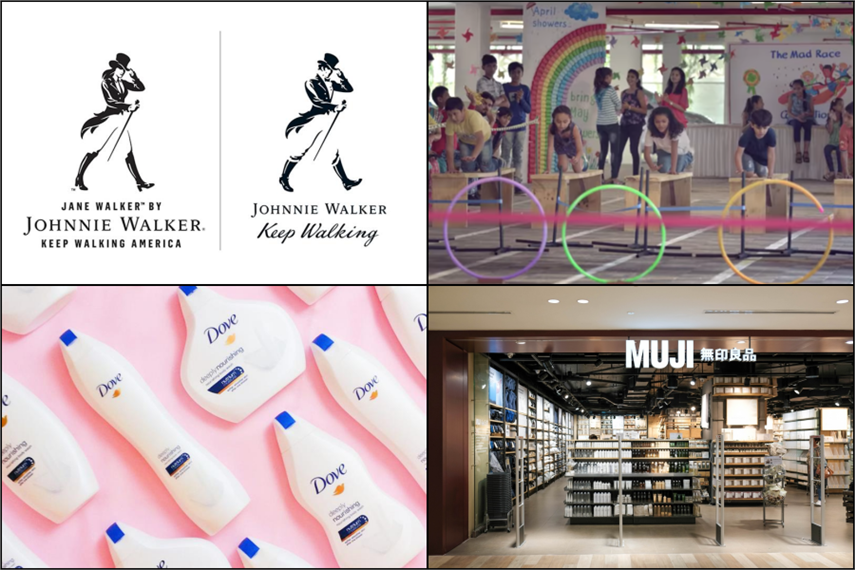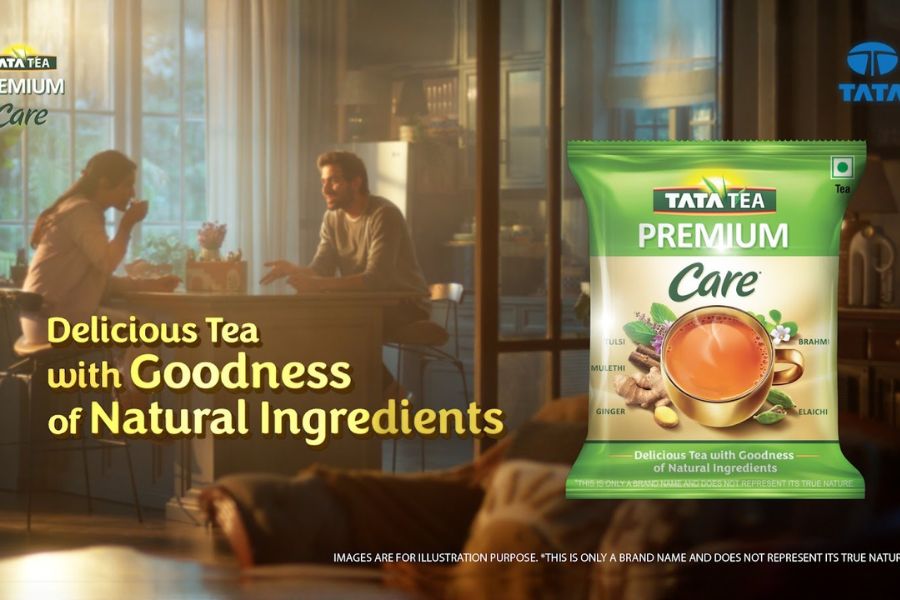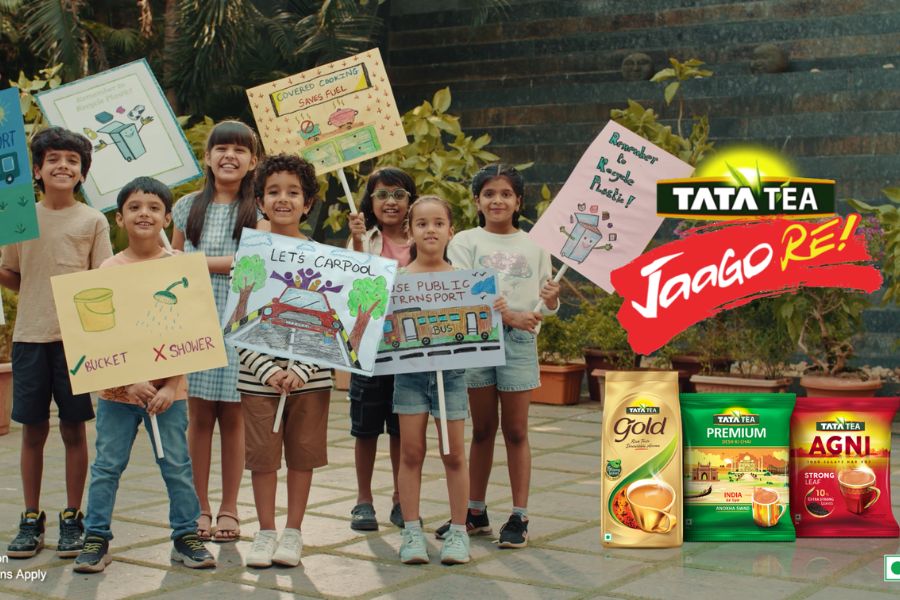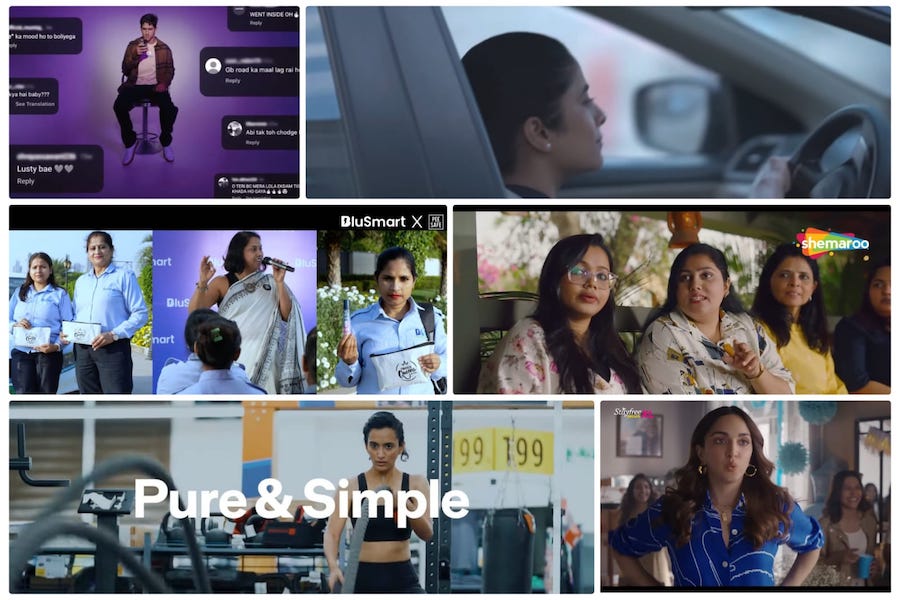If 2018 taught us one thing, it’s that the narrative surrounding gender is heating up. Brand campaigns are driving conversations about what ‘progress’ looks like on this topic, and regulations are changing — the ASA's ban on gender stereotyping kicks off in the UK in June, bringing with it the potential to affect advertising codes more widely.
Kantar’s 2019 AdReaction study, released last month, found that almost two thirds of consumers in Asia agree that most ads in their country reinforce rather than help eradicate harmful gender-based stereotypes. For example, 74% of adverts for food products in Southeast Asia target women — despite 66% of men being the main grocery buyers in the region.

Ahead of International Women’s Day and its 2019 mantra to #balanceforbetter, it’s critical for all brands to review their position on gender — no-one can afford to sit back any more.
Why? For growth, for starters
An authentic brand purpose is now a standard consumer expectation. 60% of APAC consumers are more likely to buy brands aligned with their views, and we know that ads led by authoritative female characters outperform other ads.
Vodafone, for example, has been on a decade-long journey to make the company more inclusive and diverse in India. Its 2018 ‘Ab Rukein Kyun?’ ('Why should we stop now?') campaign film was shot by an all-female crew and showcased women confidently stepping out and achieving their dreams. It tied into initiatives launched by the company such as Vodafone Sakhi, a first-of-its-kind mobile-based safety service designed exclusively for women, and the 'Girl Rising' android game, which aims to raise awareness of gender barriers.
When facial coding is used to track the faces of people watching these kinds of ads, they generate more expressiveness because they represent a positive surprise, according to Kantar Millward Brown’s Link database.
Ads featuring authoritative, non-stereotypical women motivate audiences by strongly increasing believability and therefore persuading people to buy, leading to short-term sales boosts. Kantar’s BrandZ analysis (the world's largest brand equity database) proves that the valuation of gender-balanced brands is on average higher than non-balanced brands by US$9 billion. In Asia, Japanese brand Muji scores highly on gender balance with its clean and neutral aesthetic, whilst Korean brands Hyundai and Samsung are also good at creating ads that rate highly on appeal to both genders.
While these facts might sound like no-brainers, it’s true that the journey to becoming a brand associated positively with women isn’t always easy to navigate. For every successful repositioning story — take Barbie’s 2016 move to cast aside her materialistic associations and encourage children to ‘be anything’ — there’s a ‘Jane Walker’ marketing flop story. This was the limited-edition scotch launched by Johnnie Walker for International Women’s Day 2018, which was designed to attract women to the brand. A major backlash followed the release, with people sardonically accusing the new product both of being patronizing and of co-opting the women’s movement without doing anything to address gender imbalance.

So what is the secret to navigating gender successfully? While global debates rage on, it’s important to focus on how the conversation manifests itself in the countries where brands are operating. Specific cultural nuances will always play a part in the reception and judgement of a campaign, no matter how well-meaning it is. That’s why I believe it’s crucial to have a firm understanding of what matters to people on the ground to guide the strategic approach before jumping into the debate — especially in Asia. Once engaged, it’s important to commit to a long-term plan; but be ready and able to react should the situation change. Here are my three top pieces of advice.
1. Make a long-term commitment
Tata Tea has been pushing for progress across numerous social issues in deeply patriarchal India since 2008. It developed the world’s first crowdsourced political manifesto to highlight women’s issues and collected 1.8 million signatures towards a petition for compulsory ‘gender sensitisation’ in school curriculums. Its advertising reminds parents of the role that they must play too — ‘inequality gets learnt, equality need teaching’. Tata stands out for its unwavering commitment to driving gender policy and behavioural change.
2. Build a consistent voice
Nike has put gender equality front and centre for 40 years, urging women everywhere to ‘make the world listen’. They add their own voice to the mix, whether that's by fighting to open up women’s long-distance running in the 70s or boldly supporting Serena Williams on social media after the French Open banned her catsuit last year:
You can take the superhero out of her costume, but you can never take away her superpowers. #justdoit pic.twitter.com/dDB6D9nzaD
— Nike (@Nike) August 25, 2018
The brand’s navigation of the fine line between provocation and aggression delivered year-on-year growth of 13% in 2018 according to Kantar’s BrandZ, valuing the brand at USD$38.5 million.
Renowned body-positive leader Dove is another long-term supporter of women. The brand has stood behind ‘Real Beauty’ since 2004 through its emotive ad campaigns and continues to reinforce its commitment as the conversation evolves. The most recent iteration is the introduction of the ‘No Digital Distortion’ mark, a move to counter the harmful effects of manipulated images in advertising and the false standards of beauty they perpetuate. Dove's global success has been partly down to the brand's considered approach to the different markets it operates in: they chose to tone down the campaign in India and reach women through print as opposed to broadcast, for example, to avoid clashing with cultural sensitivities.
3. Be agile
China's ride-hailing giant Didi Chuxing boasts 450 million users and 21 million drivers but suspended its carpool service and fired two executives in response to safety concerns after a female passenger’s death in August. They subsequently made significant changes to the platform, replacing all profile pictures with a default image and removing the Hitch service’s ‘attractiveness’ ratings (where the physical appearance of female passengers could be rated by male drivers). The incident cost them over half a billion dollars in 2018, but they continue to rule the hearts and minds of Chinese consumers — holding on to 46% share of taxi services and continuing to attract investor capital.
In 2019, consumers expect brands to drive change and demand new standards be set in place. Despite criticism that brands can face when they dare to put their heads above the parapet on an issue, taking a stance on gender can also pay off in the long term. But brands that want to enter the fray need to do so with their eyes wide open. Advocating for one gender does not have to mean alienating the other, but brands must know where they sit on the issue of gender balance.
Anita Rao Kapur is regional head of brand for Kantar’s Insights Division, North Asia, Southeast Asia, Pacific. This article first appeared on CampaignAsia.com





